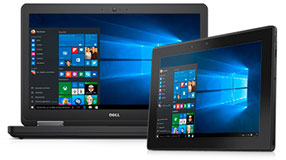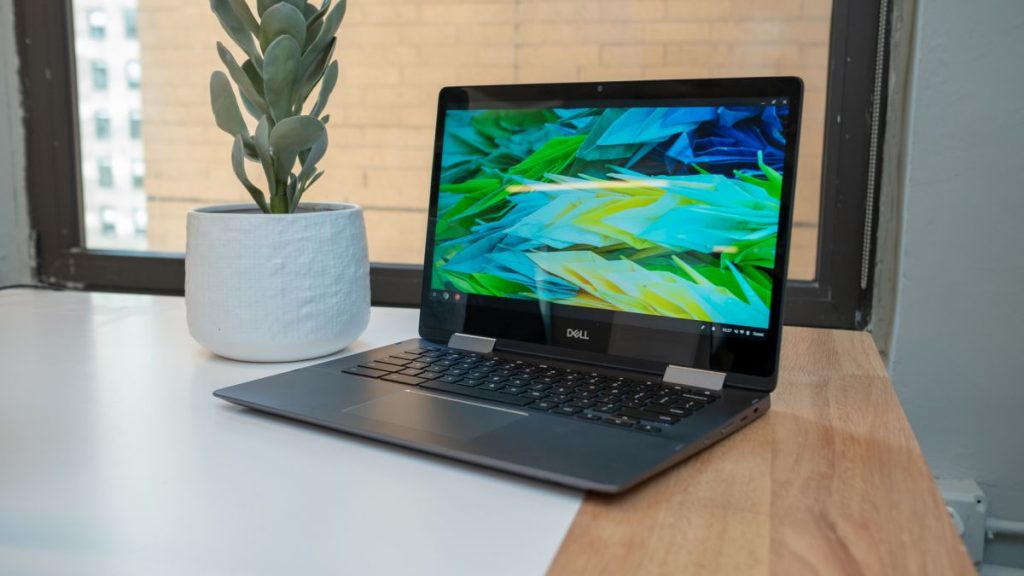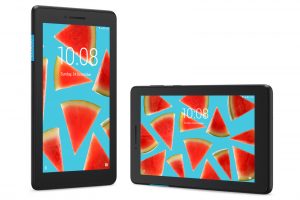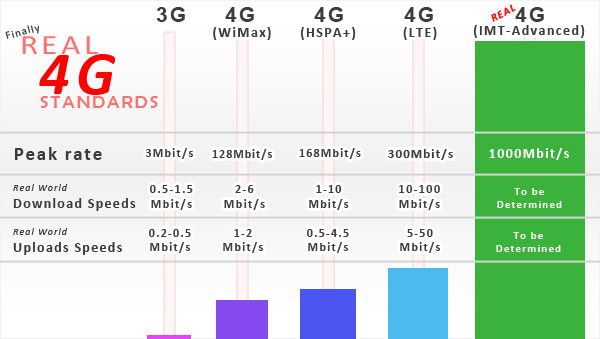

Will the REAL 4G please come to the party? In a sense it just did, as the United Nations' ITU (International Telecommunications Union) approved and introduced our virtual 4G guest, also known as the IMT-Advanced specification (International Mobile Telecommunications-Advanced). The actual 4G networks will exist in the real world when companies build networks that comply with and implement the IMT-Advanced specifications.
You probably thought you had 4G available to you right now. Actually you don't have anything meeting those specs. The latest speed available is better than the original 3G, but definitely not the real 4G. Unfortunately "4G" has become a marketing term that has arrived before the reality of networks that actually meet those specifications. That happened because ITU specifications are not binding standards. North American companies got the ITU to change its specifications for 4G and allow current versions of HSPA+, LTE and WiMAX to be marketed to the public as "4G". Before that, none of those were designated "4G".
The so-called "4G" LTE and WiMAX currently being marketed are better than the original 3G or third-generation. They can theoretically deliver a peak of up to 128 Mbit/sec downstream under perfect conditions for an ideally situated stationary user.
The real IMT-Advanced 4G will provide 100 Mbit/sec downstream even for users moving in high-speed vehicles and 1Gbit/sec for stationary users. That's about ten times better than the best you could ever hope for from today's so-called "4G". Most people using 3G are on IMT-2000 standards, and IMT-Advanced is typically 500 times faster than that.
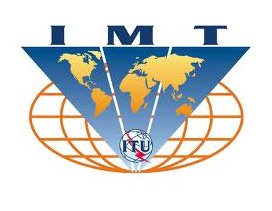

Some parts of the United States may begin to see some real 4G coverage by 2013. Apparently it will be worth the wait. Francois Rancy, head of the United Nations' 'radiocommunication department' said, the browsing response times of true 4G will be less than 10ms, which "means absolutely no time to get a page open". That makes wireless streaming of high-definition video a snap, at speeds greatly exceeding wired broadband such as DSL and cable. Translation: download 30 minutes of high-definition TV to your smartphone in less than 60 seconds.
Only two recently upgraded technologies currently meet the IMT-Advanced specs; the latest versions of LTE and WiMAX, known as LTE-Advanced and WiMAX-Advanced (also known as WiMAX-2). LTE stands for Long Term Evolution. WiMAX means WirelessMAN, or Wireless Metropolitan Area Network.
Current versions of WiMAX, HSPA+, and LTE are being marketed as 4G, but in reality are only the precursors of the real 4G. Companies are still integrating the latest, upgraded 3G LTE into products and networks, so it will be a few years before IMT-Advanced gadgets and networks proliferate. Other competing technologies will probably develop to meet IMT-Advanced specs, but right now the majority of wireless companies are standardizing on the current LTE. Clearwire and Sprint have chosen WiMAX. The move to LTE is global, and the survivor is likely to be LTE-Advanced. As a result of regulations and complex asset sharing agreements, the best and most complete LTE-Advanced networks will probably develop first in Asia and Europe.
Technology and Speed
IMT-Advanced is a major shift away from mixed voice-and-data networks, to 100% IP packet-switched data only; and voice, also, will be IP only. Expect the following characteristics:
- Reliable data rates of 1GB/sec for stationary connections, and 100Mbit/sec for mobile
- High definition, high quality multimedia
- Smooth, seamless handover between networks and among cells
- 100% IP-based packet-switched networks, compatible with IPv6
- Advanced automatic network asset allocation, and scalability
Deployment
AT&T Mobility plans to begin implementation of LTE-Advanced in 2013. Sprint Nextel said it will launch LTE-Advanced in the first half of 2013. Clearwire expects deployment on top of its WiMAX network sometime in 2012.
ITU spokesman Sanjay Acharya said the technology will be used right away for planning changes to networks and equipment, but it could take two years to show up on tablets, smartphones and other devices, because of lag time in getting equipment into production.
Francois Rancy, head of the United Nations' ITU 'radiocommunication department' says the IMT-Advanced standards “would be like putting a fiber-optic broadband connection on your mobile phone....", and ITU Secretary-General Hamadoun Touré said the new standard is “a huge leap forward in state-of-the-art technologies, which will make the present day smartphone feel like an old dial-up internet connection.”

 Laptop & Tablet Parts
Laptop & Tablet Parts


